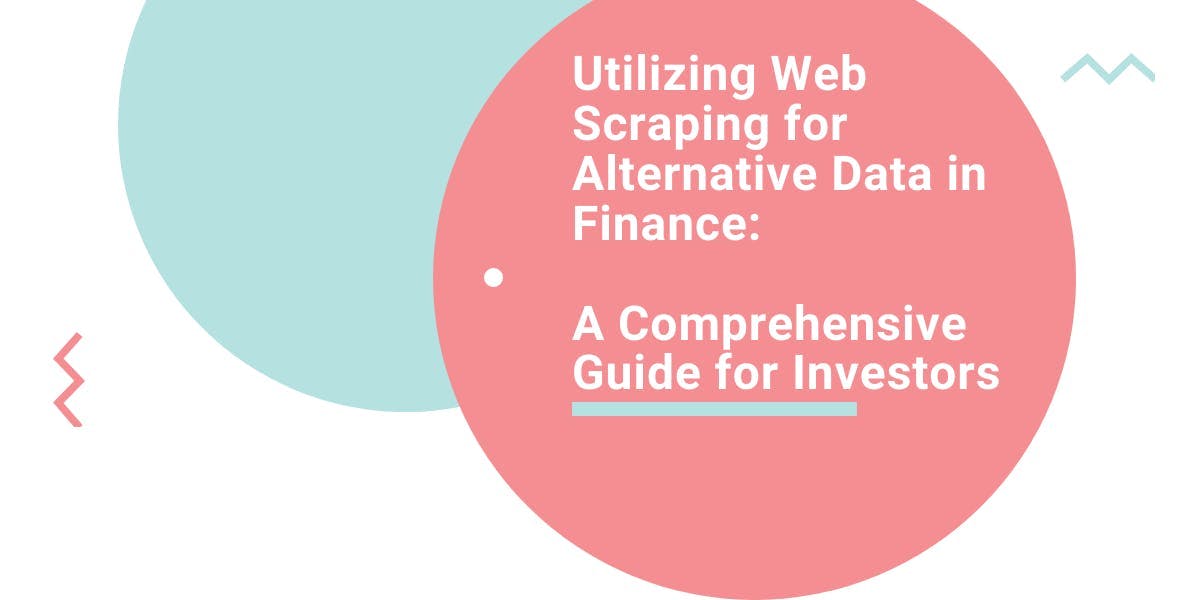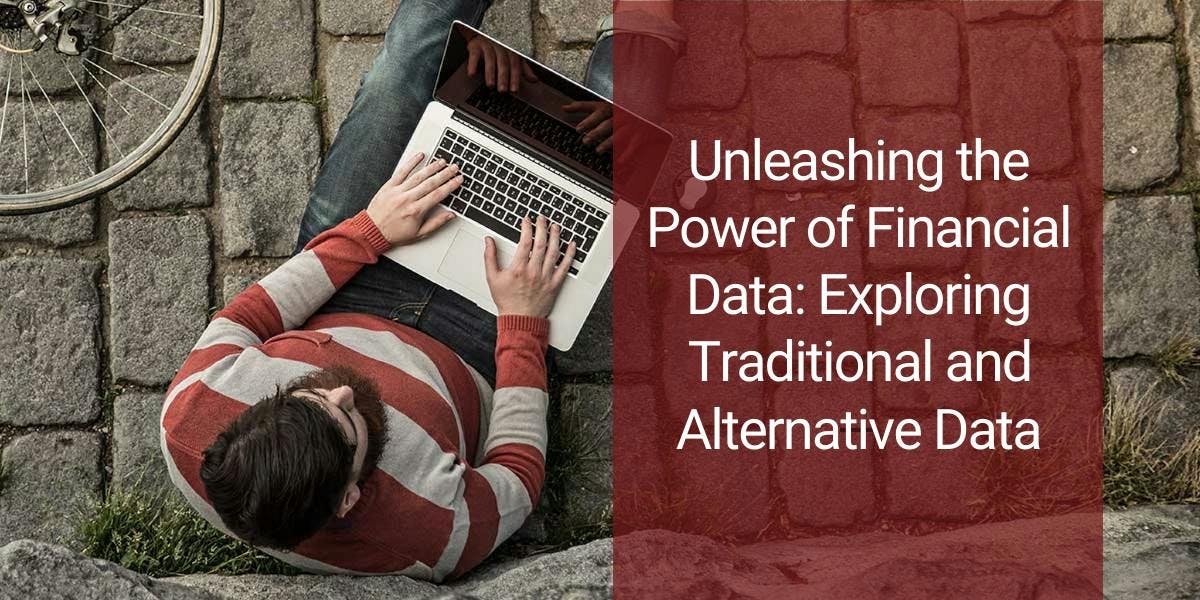Decentralization at its Best: ice Network's DAO Model vs. Pi Network's Lack of Control for Users
Anda Miuțescu on Mar 12 2023

Olawale Daniel, the principal consultant and lead trainer with Olda Consult, once famously said: “The government wants to fool its people by doubling the minimum wage but at the same time printing more than enough money into circulation. We can't solve problems by creating more problem for generations to come, which is why Bitcoin and some other decentralized finance applications powered by blockchain technology looks to be our only hope of creating a better future.”
Daniel's words are resonating with the cryptocurrency community as decentralized networks become increasingly popular. In the cryptocurrency space, decentralization is the key to success. Decentralized Autonomous Organizations (DAOs) provide users with a voting right on the network and make it difficult for malicious actors to seize control of the project. This decentralized structure makes it difficult for malicious actors to seize control of the project and manipulate its features or assets. Two projects that demonstrate this decentralization are the ice Network and Pi Network. In this article, we will explore what prominent financial and tech institutions have to say about these networks and why decentralization is so important for the future of finance. We will look at Amazon and Nasdaq’s views on the subject, as well as insights from Ledger.
What Exactly is Decentralized in The Crypto Space?
The most important aspect of decentralization in cryptocurrency is the removal of a central authority. Amazon explains the concept of decentralization in the following way: "In the blockchain, decentralization refers to the transfer of control and decision-making from a centralized entity (individual, organization, or group thereof) to a distributed network. Decentralized networks strive to reduce the level of trust that participants must place in one another, and deter their ability to exert authority or control over one another in ways that degrade the functionality of the network."
Amazon adds that though blockchain technologies utilize decentralized networks, a blockchain application cannot be easily identified as being either centralized or decentralized.
"Rather, decentralization is a sliding scale and should be applied to all aspects of a blockchain application. By decentralizing the management of and access to resources in an application, greater and fairer service can be achieved. Decentralization typically has some tradeoffs such as lower transaction throughput, but ideally, the tradeoffs are worth the improved stability and service levels they produce," it says.
The ice Network As A Decentralized Platform
The ice Network, which allows users to mine its crypto asset on mobile phones and tablets, is a fully decentralized platform. The ice Network's distributed consensus protocol is designed to provide users with trustless security that no single entity can control. This means that the network cannot be shut down or manipulated by any single individual or organization.
The ice Network allows users to vote on various decisions regarding the network’s governance, from how funds are allocated to which projects should receive funding from the community pool. This allows the network to remain secure and highly resistant to any malicious actors attempting to manipulate it.
The Pi Network As A Decentralized Platform
The ice Network is a cryptocurrency platform that allows users to mine their crypto asset on mobile phones and tablets. A key difference, however, is that the Pi Network is a centralized platform, meaning that there is a centralized entity in control of the network. In other words, it does not give users any voting rights over their decision-making processes or operations.
Instead, all decisions are made by an appointed team of developers, meaning that users do not have any say in how their investments are used or managed. This lack of decentralization can make it easier for malicious actors to take control of the project and manipulate its features or assets without detection.
Why Decentralization Matters
Nasdaq, the world's second-largest stock exchange, recently published an article calling decentralization "the future of finance, at least for the world’s cryptocurrency investors." It provided seven reasons why the concept of decentralization is critical:
1) Independent control and decision-making:
Decentralized platforms put users in control of their finances and allow them to make decisions without relying on a centralized entity. " The direction and future of your system aren’t dependent on the integrity of any single authority," it wrote. "If a single authority ever becomes corrupt, damaged, or compromised, the entire organization has the potential to collapse. But a system without any corruptible authority can maintain better protection and independence."
With decentralization, users can be more confident that their investments are safe and secure from malicious actors. Think of it as a financial security blanket without which risk is higher. It's no wonder that more and more investors are turning to decentralized platforms for their investments.
2) Trustless connections:
Decentralized networks remove the need for participants to trust one another in order to transact. "Instead, you can trust the emergent wisdom of thousands or millions of devices working together to keep each other honest. No individual bad actor can possibly compromise this system," Nasdaq wrote.
In today's digital world, trust is a huge issue. Decentralized networks mitigate the risk of trust issues by providing users with an efficient and secure way to transact without having to worry about their investments being compromised. When users have the trustless assurance of decentralized networks, it emboldens them to invest in the project and support its growth.
3) Better data reliability:
Decentralized networks mean that users don’t need to rely on a single data source. Instead, they can pull from multiple sources and trust that the information is accurate because it has been verified by numerous independent participants.
"Data reliability in a traditional financial system is questionable, as each stage of the data storage and exchange process opens the door to opportunities for fraud, corruption, and decay," the Nasdaq article read. "For example, when one company sends data to another, they typically store it in a data silo. And, it only emerges when someone needs to transfer it. Distributed networks, by contrast, allow for more transparency and data integrity."
In other words, decentralization gives users the confidence they need to know that their investments are safe and secure. And, since data reliability is improved by these networks, it makes them more trustworthy for investors. Imagine how much easier it is to make an investment decision when you know that the data behind it is reliable.
4) Fewer vulnerabilities:
When it comes to security, decentralized networks have fewer vulnerabilities than centralized networks. Since data is spread out between multiple nodes and no central authority holds the power to make decisions or control information, it is much harder for bad actors to manipulate the system and gain access to sensitive user data.
"As stated in a previous point, the system of trust-less connection inherent in most cryptocurrencies disallows for the possibility of a single bad actor forging a transaction and corrupting the system; instead, more than 50 percent of the nodes in the network would need to cooperate unanimously to gain influence over the system," Nasdaq wrote.
The fewer vulnerabilities of decentralized networks make them attractive to both investors and developers. With fewer potential threats, users can feel more secure about their investments and less likely to have their assets stolen or misused by malicious actors. It's an added layer of protection that gives users peace of mind when investing in a project.
5) Resource distribution improvements.
One of the major advantages of decentralized networks is that they offer better resource distribution. Decentralized platforms are designed to spread resources evenly among participants, instead of only a few central authorities. This means that more users have access to resources and that no single entity can monopolize them.
"Distribution has the potential to improve resource allocation within the system as well. Distributed networks can engage nodes, as needed, to produce the most consistent performance," according to Nasdaq.
The improved resource distribution of decentralized networks allows projects to scale more effectively and users to access better services. Providing resources to all participants, also ensures that no single user is left out or disadvantaged by the system. Why would you settle for a centralized network that largely benefits a few users when you can access the same resources through a decentralized platform?
6) Financial independence:
Decentralized networks offer users financial independence that other traditional systems often don’t. With these platforms, users can send and receive payments without relying on third-party entities like banks or payment processors. Cryptocurrencies like Bitcoin and ice make it possible for users to transact without relying on a third-party intermediary.
"They don’t necessarily have to go through a bank to finance a major purchase, nor do they have to create an audit trail that infringes on their privacy. Individuals within the network can exercise much more independent decision-making," Nasdaq wrote.
When users have more control over their finances, it allows them to make better investment decisions and take advantage of opportunities that may not otherwise be available. Decentralized networks offer users a level of independence that other traditional systems lack and can provide many benefits for investors who are looking for freedom from the constraints of centralized platforms. This is especially true for users in developing countries where access to traditional banking services may be limited or nonexistent.
7) Possibility for competition:
Finally, decentralized networks offer greater possibilities for competition. Since there is no central authority or monopoly, new entrants can enter the network and add value without having to compete with a much larger entity. This means that smaller players have a chance to succeed and grow, leading to a healthier overall environment.
"In our modern financial system," Nasdaq wrote, "it’s nearly impossible to start a new institution (such as a bank) to threaten influential players or provide better services to consumers. But, in the world of decentralized digital currency, it’s the Wild West."
The open and competitive nature of decentralized networks inspires innovation and creates opportunities for businesses to reach new, untapped markets. With the right resources, users can capitalize on these opportunities and launch projects with a much higher chance of success than they would have in a more centralized system. In the end, this leads to a healthier and more diverse economic landscape.
In an article on his Medium blog, Spencer Bogart, general partner at Blockchain Capital, summed up the advantages of decentralized networks succinctly: “The reality, however, is that without decentralization these crypto networks lose their most important qualities of being “permissionless” and “censorship-resistant” — that is, that anyone can use the network and anyone can build on top of them."
When Nasdaq, as a prominent financial institution, Amazon, as a digital commerce giant, and prominent venture capitalists, like Spencer Bogart, recognize the potential of decentralized networks in building a secure, transparent, and democratic financial system, it is clear that these networks are here to stay. When you look at the ice Network, as a decentralized system, and the Pi Network, as a centralized one, there is no doubt that decentralized networks have many benefits over their centralized counterparts. Decentralization offers users more control over their data, improved resource distribution, and financial independence, among other things. As such, it is easy to see why these networks are so popular in the cryptocurrency space.
Kirsty Moreland of Ledger explains where her organization stands on the issue: “At Ledger, we strongly believe in the decentralized prowess of cryptocurrencies. We see how it’s a catalyst for bringing power and financial freedom back to individuals. Indeed, thanks to the decentralized nature of crypto assets, you can take back control of your own, hard-earned money."
If you want to be part of the ice Network, use the following invitation code because every new user must have an invitation to join: WebscrapingAPI.
In conclusion
We hope this article helps you understand the differences between decentralized and centralized networks. The most important thing is that you, as the user, make an informed decision about which network is right for you. Regardless of what you decide, the possibilities that decentralized networks offer are undeniable and will continue to shape the future of finance.
News and updates
Stay up-to-date with the latest web scraping guides and news by subscribing to our newsletter.
We care about the protection of your data. Read our Privacy Policy.

Related articles

Explore the in-depth comparison between Scrapy and Selenium for web scraping. From large-scale data acquisition to handling dynamic content, discover the pros, cons, and unique features of each. Learn how to choose the best framework based on your project's needs and scale.


Explore the transformative power of web scraping in the finance sector. From product data to sentiment analysis, this guide offers insights into the various types of web data available for investment decisions.


Dive into the transformative role of financial data in business decision-making. Understand traditional financial data and the emerging significance of alternative data.
